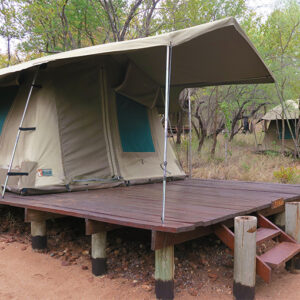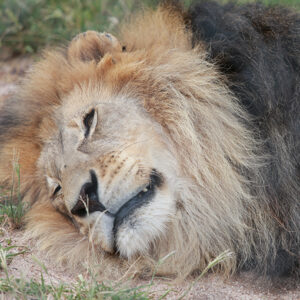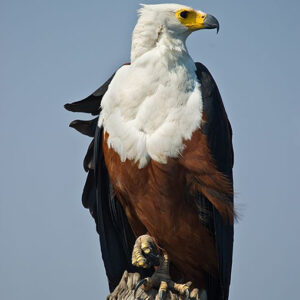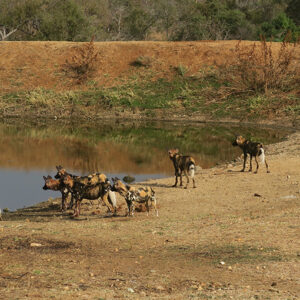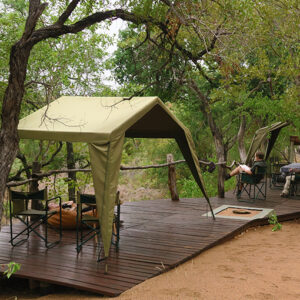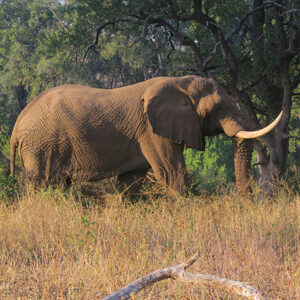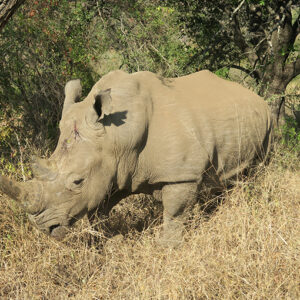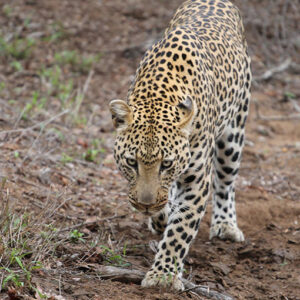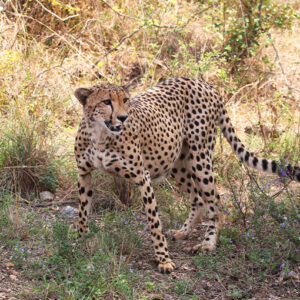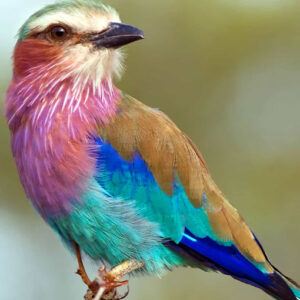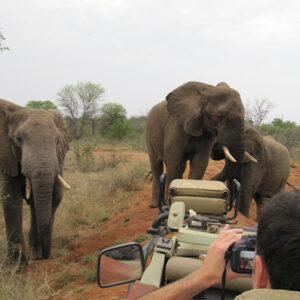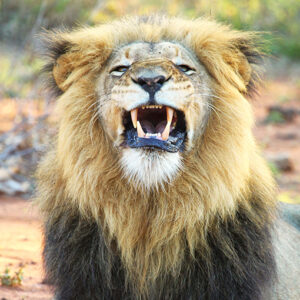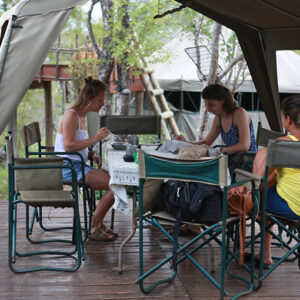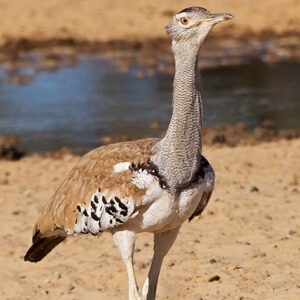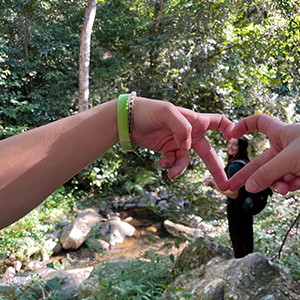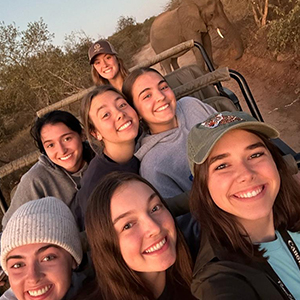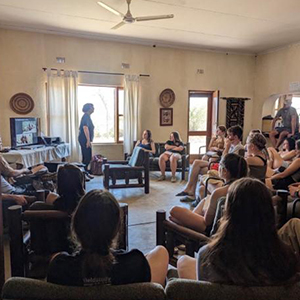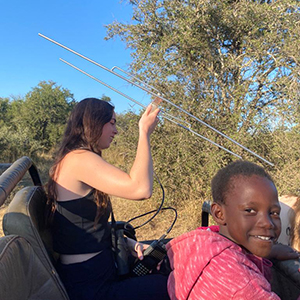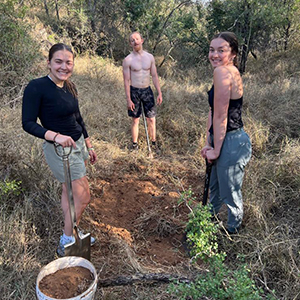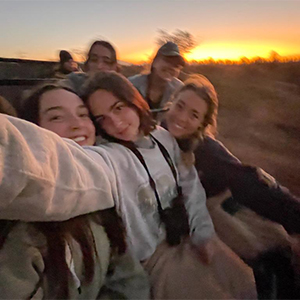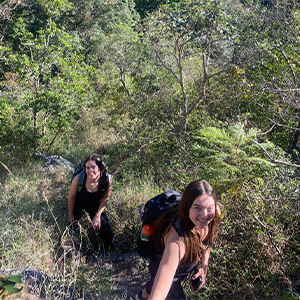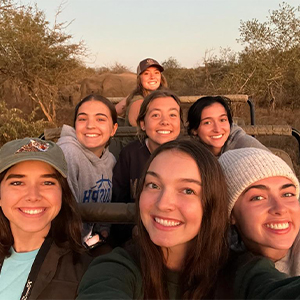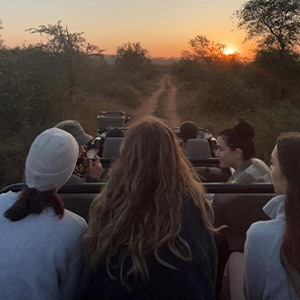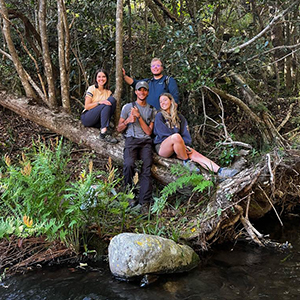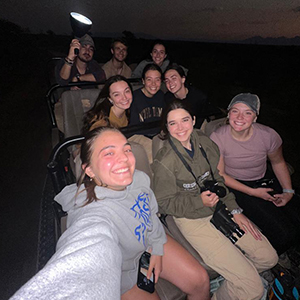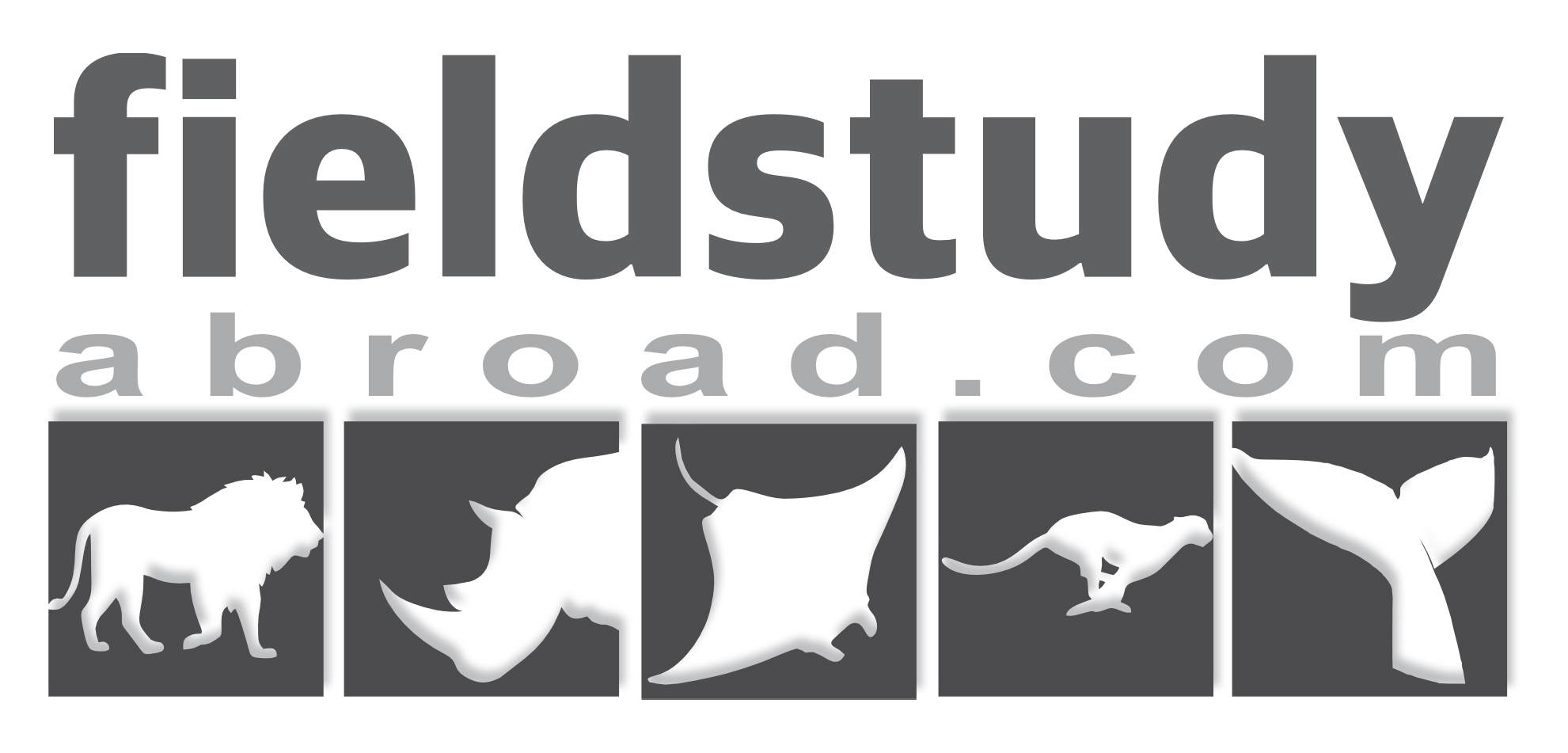 Apply Now
Apply Now
 Apply Now
Apply Now
Based on a wild game reserve in South Africa, our interns get up close to lions, elephants, leopards, cheetahs, rhino, giraffe and so many more.
Contact Us
You will be working with biologists, park rangers, and other interns in a 25,000 hectare nature reserve in the lowveld area of South Africa. This area houses immense biodiversity and your internship will focus on the ecology and management of organisms on this reserve such as elephants, lions, hyenas and leopards. In addition, breeding initiatives on buffalo, Livingston eland and nyala are underway at this location.
The main research camp offers you a unique experience in the African bush and gives you the opportunity to be a part of the research and monitoring teams on the reserve, working as an assistant Field Ranger.
The focus of the project revolves around some of our key species; elephants, lions, hyenas and leopards. You will also be involved with monitoring our breeding of buffalo and their release into the open system. Habitat work also plays an important part of the monitoring process.
This Big 5 nature reserve is the home of nature conservation in South Africa and your work is vital for accurate management of the animals within the reserve. The data collected is also made available to students and researchers that we host, as well as a number of national conservation projects, including the Endangered Wildlife Trust (EWT).
Whether on a monitoring drive, on foot, or observing the wildlife at a waterhole, all of your work will be done under the guidance of our experienced field rangers. As each activity has a pre-determined objective, you don’t just get to view the animals, you get to live with them for a little while.
There’s nothing quite like sitting in the dark next to a lazing lion waiting for it to start its nightly call, or being surrounded by a herd of elephants and being able to spend time observing their individual traits and family dynamics.
At the end of the day, you return to the camp to share your experiences over dinner around the open fire and then fall asleep to the sounds of the bush. Join us for the experience of a lifetime!
At our main research camp, students will stay in comfortable shared rooms with 2-3 other people with communal ensuite bathrooms. Depending on weather, interns will also have an opportunity to stay in an eco-friendly tented camp when working on the monitoring team.
Included in this program are 3 meals daily; breakfast, lunch and dinner. Students will work together based on a schedule to prepare food daily for each other. If you have any dietary requirements please make us aware prior to your arrival.
The Main Camp has:
We introduced elephants in 1994 and 1996 and was the first reserve to have intact family groups relocated to it. The reserve was also the first to take part in the Elephant Contraception Program, headed by Audrey Delsink from the Humane Society International, in order to regulate its total elephant population. We understand the importance of alternative population controls other than culling and translocation. The program started in 2000 and is the longest running of its kind; it is the benchmark on which all other similar projects are based. This is a pioneering study and it is important that we continue to monitor the elephant herds as we understand the most extensive and longest continuing database of elephants on contraception in the world.
Our monitoring of the elephants involves recording their movements to determine daily and seasonal ranging patterns. We also observe and record long term behavioural aspects, focusing primarily on herd/bull associations and sexual behaviorism. Elephants are a key-stone species and require constant information collection for effective management decision making.
The monitoring of our lion population is done to assess their movements, behaviour and predator-prey interactions. Lions, like elephants, are key-stone species and, within restricted wild environments, require constant monitoring to assist with management interventions when required. Interventions are done to vary genetic diversity within the population and to control population size. Makalali has participated with various population control methods and research. Contraception of lions has been used and studied within this reserve. Lions are prolific breeders and between 1995 and 2007, 89 lions were born on the reserve. Numbers however need to be kept between 20 and 30.
The reserve is host to both species of Hyena; brown and spotted. The Spotted hyena are superior in numbers and are a very important species for the effective functioning of this eco-system. They provide the cleaning up of carcasses, as well as being effective hunters. We monitor den sites and activity and ID specific individuals to track interaction and behaviour. We also monitor the ratio of scavenging to hunting and how this impacts on the prey species.The brown hyena are very rare and sightings of them are met with great excitement.
We closely monitor the locations of leopards to determine territory extent as well as creating and updating ID kits to monitor individuals and determine total population size. As with all predators, we also monitor prey selection and reproductive behaviour to effectively assist the reserve management.In 2014, we teamed up with the Panther Leopard Research Project, who are monitoring and determining the leopard population in the area. This project is planned to continue for the next 10 years. Working in conjunction with the Endangered Species Project you will assist with the setting and monitoring of camera traps during the key months of February and March.
The Reserve has not had free roaming buffalo on the land for over 100 years. In 2009 the reserve re-introduced 8 disease free buffalo into a 400 hectare breeding camp, 10 years later in 2019 the population has grown to 52 buffalo. They were released into the open system in June 2019. We will be monitoring the buffalo very closely as they integrate into the larger reserve and will be interacting for the first time with predators. It is an exciting and nerve racking development. We now have free-roaming big 5.
We deploy camera traps throughout the reserve to monitor leopards and the other more secretive animals that inhabit our reserve. We work with Panthera.org and University of Minnesota for these two camera trap projects.
Habitat Rehabilitation: Our interns will have the opportunity to assist in ongoing habitat rehabilitation initiatives in the reserve, including erosion control, the construction of rock gabions, brush-packing and re-seeding
Interns will stay at a guest house with several rooms that accommodate 2-4 volunteers each with communal bathrooms. Each cottage is equipped with a full kitchen, patio and BBQ area for socializing.
Included in this program is breakfast, lunch and dinner daily. If you have any dietary requirements please make us aware prior to your arrival.
